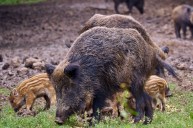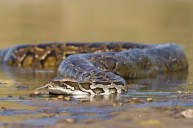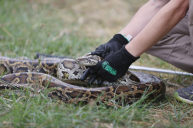Many beloved species, both animals and plants, in the United States are not native to the country. Instead, they are considered invasive species. While some may pose little to no risk, others greatly affect how our environment is affected. Here are 10 invasive species that are running rampant in the South.
1. Feral Swine (Sus Scrofa)

Shutterstock Image
States with the most reported amounts: Texas, Georgia, Florida
Originating from: Parts of Europe, Asia, and North Africa
The feral hog, or wild boar, was introduced to America in the 1500s. European settlers brought them over for food. Later in the 1900s, even more were brought over for sport hunting. However, their numbers quickly grew and they now pose a risk to crops and native vegetation. History.com shared that "The U.S. Department of Agriculture estimates there are at least 6 million feral swine spread throughout some 35 states." Of those states, "they have been a particularly virulent problem throughout the South." Their rooting and eating habits destroy crops, erode soil, and uproot tree seedlings, which causes deforestation. Not to mention, they can carry diseases such as pseudorabies and swine brucellosis.
2.Burmese Pythons (Python bivittatus)

Image via Getty Images
States with the most reported amounts: Florida
Originating from: Southeast Asia
This invasive species was introduced to America for the exotic pet trade. However, as we all know, the Burmese python is no longer just a pet. Many of them are now found in the wild as well, particularly in the Everglades and surrounding areas. Although they are not typically seen as a threat to humans, there have been isolated incidents. Additionally, they are annihilating native small mammal populations. With no predators on this continent, they are populating rapidly and "devouring more than 90 percent of small and medium-sized mammals in the Everglades."
3. Gambian Giant Pouched Rat (Crictomys Gambianus)
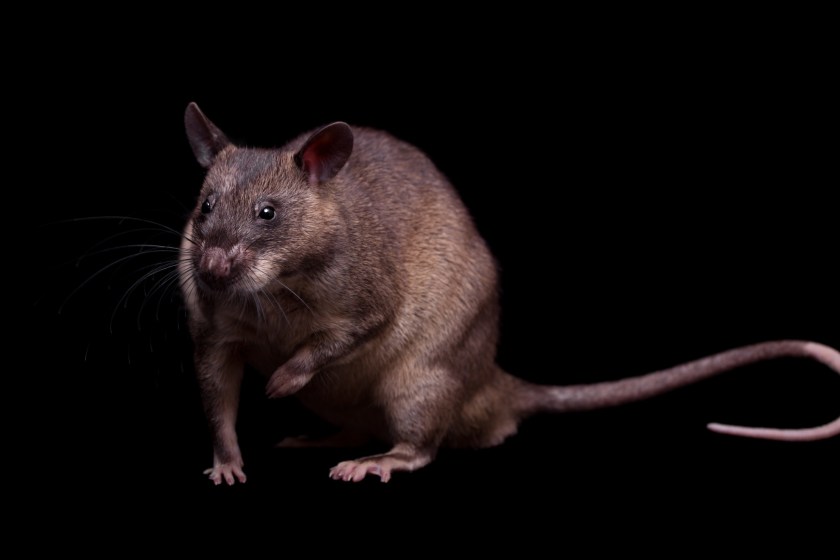
Shutterstock Image
States with the most reported amounts: Florida
Originating from: Africa
Next on our list of invasive species that are running rampant in the South is the Gambian Giant Pouched Rat. First introduced in 1999, this species was rediscovered in Florida in 2004. The U.S Department of Agriculture shares that they were introduced when they were "released by an exotic pet breeder." Not only can they be destructive to agricultural crops and native species, but they may also serve as a vector of several diseases.
4. Domestic Cats (Felis catus)

Image via Shutterstock
States with the most reported amounts: Across the U.S.
Originating from: North Africa and Southwest Asia
I know, I know, it can be hard to think of our little fur babies as invasive. However, it is the truth. European settlers brought them over to the United States as pets, and while they are adorable, they can pose problems to our environment. If you have an indoor-outdoor cat, they kill native birds and mammals. A paper in Nature Communications estimated "free-ranging domestic cats kill 1.3-4.0 billion birds and 6.3-22.3 billion mammals annually."
5. European Starlings (Sturnus vulgaris)
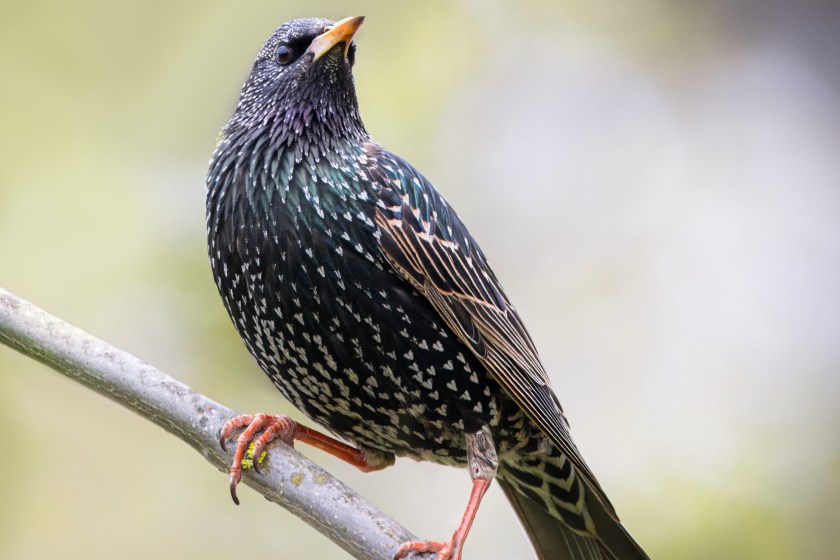
Shutterstock Image
States with the most reported amounts: Texas, Tennessee
Originating from: Parts of Europe, Asia, and Africa
Another animal that many people didn't know was an invasive species running rampant in the South is the European starling. While you may wonder what harm a bird can do, you may be surprised to learn more than you think. According to History.com, a Shakespeare fan decided to introduce this bird to the United States after reading about it in one of Shaksepear's plays. The fan, Schieffelin, "unleashed approximately 100 imported European starlings into New York City's Central Park." Then, they spread across the continent. Now there are more than 200 million in North America. "They swarm agricultural feeding troughs, contaminating food and water, and are linked with diseases like histoplasmosis, a lung ailment afflicting agricultural workers."
6. Beach Vitex (Vitex rotundifolia)

Shutterstock Image
States with the most reported amounts: North and South Carolina
Originating from: Asia
While this plant might look pretty on a beach, it crowds out native species and wreaks havoc. It was introduced between 1989 and 1990 for a relatively good reason: to assist with erosion control. However, as is often the case with human intervention in nature, it is now becoming a problem. Not only does it crowd out native species, preventing them from growing, but it has also destroyed sea turtle nesting habitats.
7. Nutria (Myocastor coypus)

Shutterstock Image
States with the most reported amounts: Louisiana and Texas
Originating from: South America
This species has become so invasive that the government is actually encouraging people to kill and eat it. They even had a catchy tagline for it, "Save a Swamp, Sauté a Nutria." What could make these creatures so bad? Well, they damage local crops and natural resources. They gnaw through wetland plants and contribute to significant soil erosion. Not to mention their burrow systems can destabilize roads and bridges. Did I mention that they can also transmit diseases like tuberculosis? They were originally brought over as part of the fur trade, but then traders released them into the will,d and it all went downhill.
8. Asian Carp (multiple species)
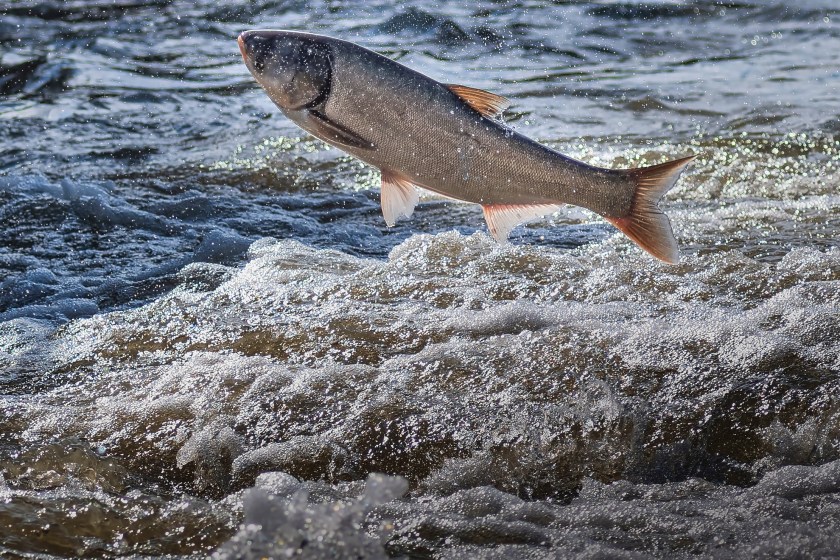
Shutterstock Image
States with the most reported amounts: Kentucky, Tennessee, Louisiana, Mississippi, and Alabama
Originating from: Different parts of Asia
The Asian carp was originally introduced to the United States in the 1970s. They were brought over in an attempt to keep the fish farms clean. However, now they out-compete native fish species for food and habitat. There are four invasive species that fall under the category of Asian carp. Those four species are bighead carp, black carp, grass carp, and silver carp. Although they originally proved useful at controlling weeds in canal systems and helping with sewage treatment, they have been wreaking havoc since their escape into the Mississippi River. Now they outeat and outbreed many native species, pushing them out of their own ecosystem.
9. Brown Marmorated Stink Bug (Halyomorpha halys Stål)
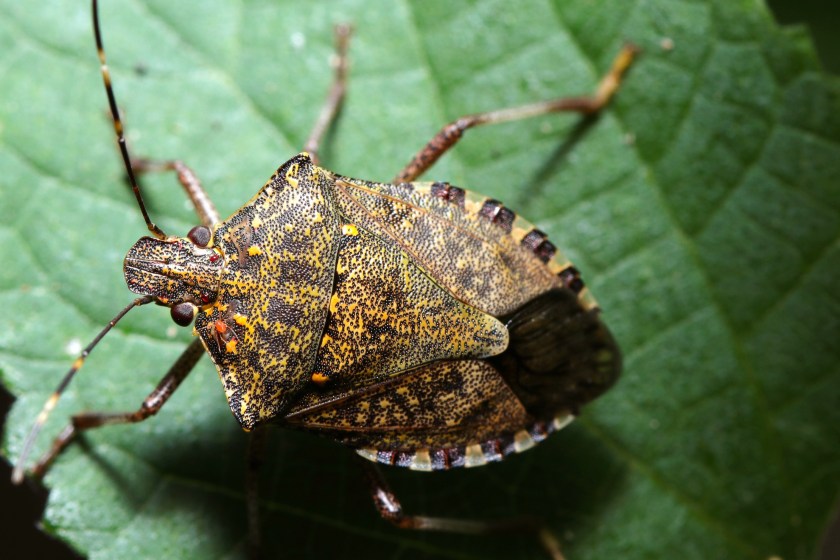
Shutterstock Image
States with the most reported amounts: Across the U.S., but highest in North Carolina, Georgia, and Florida
Originating from: East Asia
Next on our list of invasive species wreaking havoc in the South, we have the stink bug. This particular species was first confirmed in 2001 in Pennsylvania, but has now spread across the United States. It is believed that it arrived in shipping materials. Besides being a nuisance to people and invading our homes, it also feeds on a variety of plants. Those plants include fruit trees, ornamental plants, and some crops.
10. Gypsy Moths (Lymantria dispar)
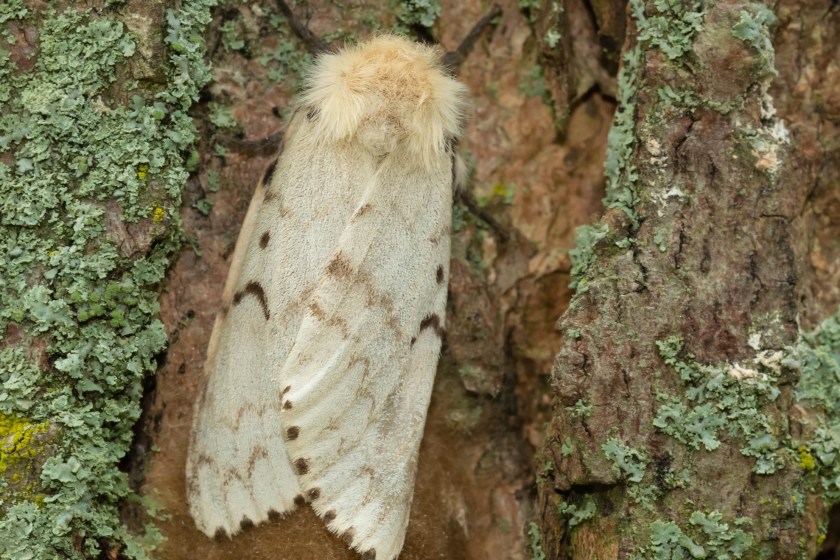
Shutterstock Image
States with the most reported amounts: Virginia and North Carolina
Originating from: Europe and Asia
Last but not least on our list of invasive species in the South we have the Gypsy moth. While these moths may be interesting to look at, they leave destruction in their wake. History.com shares that they have "defoliated more than 2 million acres in three years alone." These moths strip trees of leaves, which makes them vulnerable to disease. They were introduced to the United States by French artist and astronomer Étienne Léopold Trouvelot, to see if they could produce textiles better than silkworms. Unfortunately, they broke out of the building he was keeping them in and spread across the United States. Their actions have reduced animal habitats and increased the risk of fire hazards in those areas.

